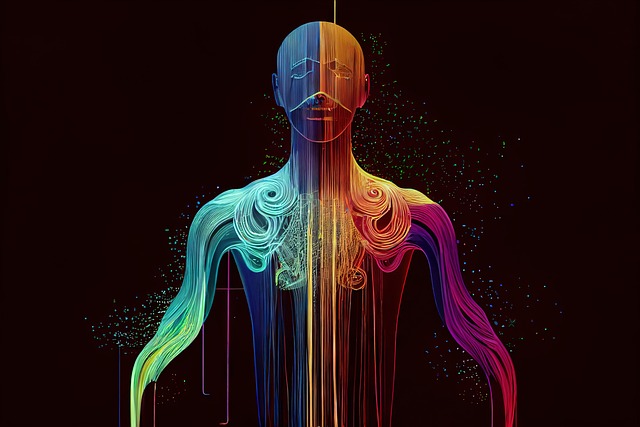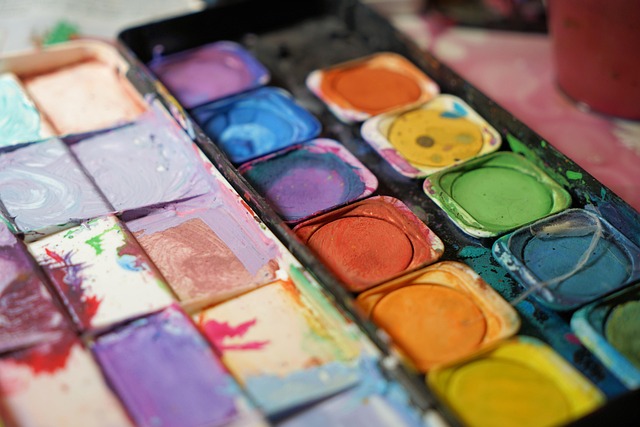In the realm of graphic design, the exploration of color is an unending journey that encourages creativity and individual expression. At the heart of this vibrant world lies the concept of polychromatic design, a technique that transcends mere aesthetics to evoke emotions and convey messages. When we think of polychromatic art, we envision a kaleidoscope of colors, each hue telling its own story and contributing to a larger narrative. This blog post delves into the essence of polychromatic design, illuminating its significance in the world of graphics and how it affects our perception of art.
Color is more than just a visual phenomenon; it’s a language that speaks to us on various levels. The use of multiple colors in design has the power to transform the mundane into the extraordinary. Polychromatic design taps into this power, creating works that resonate with viewers through their lively combinations and harmonious contrasts. When a designer chooses a polychromatic palette, they open the door to endless possibilities—inviting intrigue, joy, and sometimes even a sense of nostalgia.
The art of polychromatic design is not just about randomness; it’s about balance and intention. A successful polychromatic composition considers the psychology of colors. For example, warm colors might evoke feelings of energy and enthusiasm, while cooler shades can instill calmness and serenity. By thoughtfully juxtaposing various colors, designers can guide the viewer’s emotional journey, enhancing the overall impact of their artwork. This interplay between color and emotion is where the magic of polychromatic design truly lies.
As technology continues to evolve, so does the way we approach graphic design. Digital tools allow designers to experiment with color in unprecedented ways. With a simple click, one can create gradients, patterns, and textures that were once confined to the world of traditional art. This technological advancement means that polychromatic design can be more expressive than ever, empowering artists to explore their creativity and push boundaries. Programs like Adobe Illustrator and Photoshop offer a playground for color enthusiasts, enabling the seamless blending of hues and the exploration of new visual languages.
Moreover, the influence of polychromatic design can be seen across various fields, from marketing campaigns to branding and product design. Businesses increasingly understand that color plays a crucial role in consumer behavior. A well-crafted polychromatic logo can capture attention, evoke emotion, and convey brand values—all in a matter of seconds. The synergy between color and design is a powerful tool in engaging audiences and fostering brand loyalty.
In the realm of art, polychromatic techniques are not new, but they have certainly evolved. Artists like Piet Mondrian and Claude Monet used color to express their perceptions of reality, challenging spectators to see beyond what is immediately visible. Today, contemporary artists continue to contribute to this conversation, experimenting with color in innovative ways that reflect our complex world. The vibrant outcomes not only celebrate diversity but also encourage dialogue around identity, culture, and experience.
For anyone stepping into the world of graphics, embracing polychromatic design opens up a landscape rich with opportunities for creativity. It invites experimentation with various color combinations, encouraging the designer to trust their instincts and craft something truly unique. Whether you’re creating posters, websites, or illustrations, remember that the colors you choose convey messages—both overt and hidden. Each choice contributes to the narrative you wish to tell, making your work resonate with those who encounter it.
So as you embark on your own graphic design journey, let the art of polychromatic design inspire you. Embrace the richness of color, explore the psychological depths it offers, and allow yourself to create pieces that not only capture the eye but also touch the heart. Color is a powerful partner in your artistic endeavors; use it wisely, and the narratives you craft will undoubtedly leave lasting impressions on viewers.




